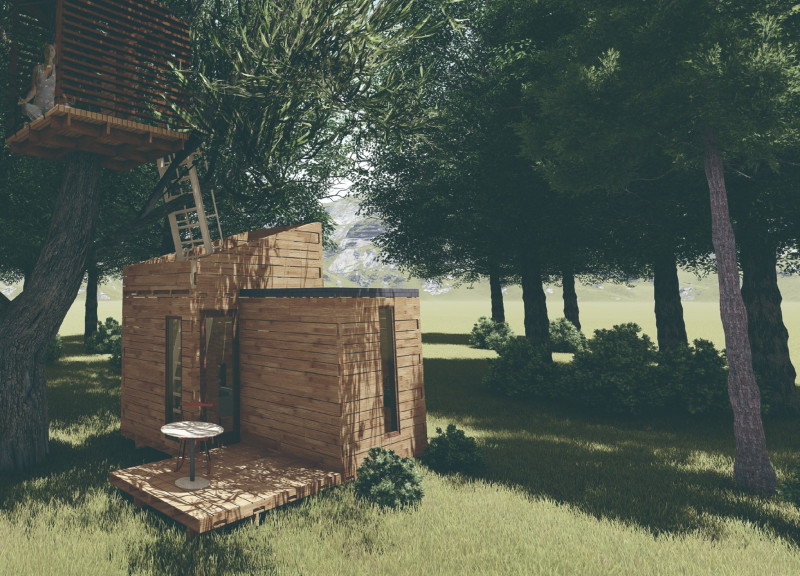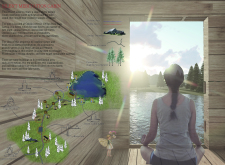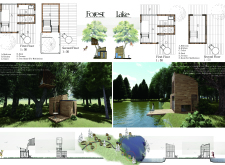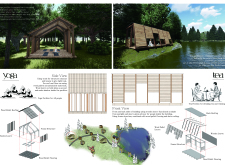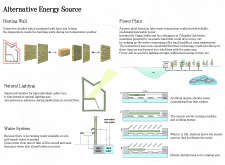5 key facts about this project
At its core, the project represents an exploration of [insert the underlying theme of the design, such as sustainability, cultural relevance, or community engagement]. The building functions primarily as [describe the primary use: residential, commercial, mixed-use, etc.], designed to accommodate [mention any specific needs the project addresses, such as family living, commercial activities, or community services]. Within this framework, the layout promotes an efficient flow, maximizing the usability of each space while fostering a sense of connectivity among users.
Key elements of the project include a carefully crafted exterior that reflects both modern architectural trends and the region's traditional materials. The use of concrete not only provides structural integrity but also showcases the building's modernity in style. Facades adorned with high-performance glass enhance the interplay of light and shadow throughout the day, inviting natural illumination into the interior while offering views of the surrounding landscape. Complementing these materials, [specify any other noteworthy materials, such as brick or wood], create visual interest and tactile quality that enriches the overall experience of the building.
Inside, the project emphasizes open and adaptable spaces that respond to contemporary living requirements. [Describe the interior layout, such as open-plan concepts, private areas, or communal spaces]. These thoughtful designs are enhanced by high ceilings and strategic window placements that further contribute to a sense of spaciousness and connection to the outside world. Careful consideration has also been given to acoustics and ergonomics, ensuring that each area of the building is conducive to its particular use, whether it be for work, relaxation, or social interaction.
Unique design approaches within the project stand out as key features. Sustainable practices are embedded into the architectural framework, including [discuss any green technologies used, such as solar panels, rainwater harvesting systems, or natural ventilation strategies]. This focus on sustainability not only reduces environmental impact but also illustrates a commitment to responsible construction practices that align with modern architectural ideals.
The interrelationship between the building and its surrounding environment is equally important. The project incorporates landscape architecture that harmonizes with local flora, enhancing the aesthetic appeal and ecological integrity. Outdoor spaces have been designed as extensions of the interior, providing areas for recreation and social gatherings that encourage community interaction.
Overall, this architectural project serves as a valuable case study in how design can effectively meet contemporary demands while respecting local heritage and the environment. The carefully chosen materials, innovative layout, and commitment to sustainability highlight a thoughtful approach that speaks to the future of architecture in [Geographical Location].
To gain a deeper understanding of the intricate details and carefully considered architectural plans, sections, and designs, we encourage readers to explore the project presentation further. Engaging with these elements will offer a more comprehensive appreciation of the architectural ideas and concepts that underpin this notable design initiative.


